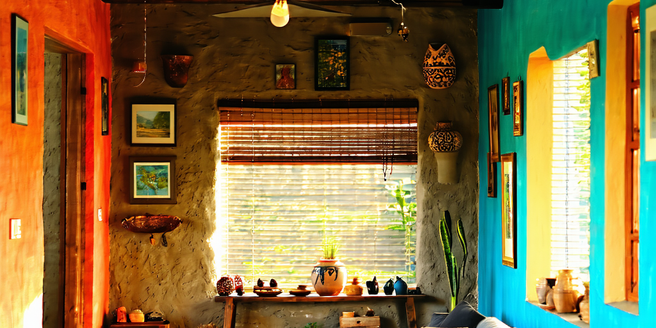Low-cost Housing Solutions

Innovative Building Materials for Affordable Homes
The emergence of innovative building materials is significantly transforming affordable housing. High-performance materials like insulated concrete forms, structural insulated panels, and recycled materials make homes not only cost-effective but also energy-efficient. These innovations are playing a crucial role in meeting sustainability goals globally. These materials reduce construction time, labor costs, and maintenance expenses, enabling the creation of quality dwellings within tight budgets. The integration of technology in material design has further enhanced durability and sustainability, benefiting both builders and future homeowners. Incorporating green building materials like bamboo and straw bales also presents eco-friendly solutions for housing, reducing the carbon footprint. By leveraging these advancements, stakeholders in the housing sector are poised to address the rising demand for affordable homes efficiently.
Community-Led Initiatives in Housing Development
Community-led initiatives have become vital in addressing housing challenges, providing localized and grassroots solutions. They often emerge from the very real and pressing needs faced by individuals in the community. These initiatives empower community members to take charge of their housing needs, leading to tailored solutions that reflect local contexts and preferences. By involving residents in the planning and construction phases, communities ensure that housing projects meet actual needs. Such initiatives often incorporate local materials and labor, fostering economic growth within the area. Collaborative efforts promote social cohesion, resulting in shared responsibilities and pride in the housing outcomes. This model, often supported by non-profits and local governments, creates sustainable, community-centric housing solutions that are replicable in diverse settings.
The Role of Government Policies in Housing Affordability
Government policies play a pivotal role in shaping the landscape of housing affordability. By offering incentives such as tax breaks, subsidies, and low-interest financing, authorities can stimulate the construction of affordable units. Zoning reforms and relaxed building codes can reduce costs and barriers for developers. Additionally, enforcing anti-discrimination laws in housing can ensure that all communities have equal access to affordable homes. Governments may implement rent control to protect low-income families from market volatility. Public-private partnerships also open avenues for effective collaboration between stakeholders, leveraging resources and expertise. By prioritizing housing in urban planning and allocating funds for affordable developments, government policies can ensure equitable access to housing, aiding in the reduction of homelessness and economic inequality.
Sustainable Design Practices for Economical Living Spaces
Sustainable design practices are integral to creating economical living spaces that meet current needs without compromising future generations. Employing eco-friendly materials and energy-efficient systems reduces environmental impact and utility costs. Passive solar design, natural ventilation, and rainwater harvesting create self-sustaining homes. It is essential for architects and planners to stay informed about the latest advancements in sustainable technology. Incorporating sustainable landscaping, including native plants, minimizes water usage. Modular construction techniques result in less waste and faster build times. Urban planning that supports walkable neighborhoods and accessible public transport encourages low-carbon footprints. Community involvement plays a crucial role in ensuring the success of these sustainable initiatives. These practices not only make homes affordable but also enrich residents’ quality of life while securing long-term viability and preservation of natural resources.
Case Studies: Successful Low-cost Housing Projects
Around the world, numerous case studies highlight successful low-cost housing projects, showcasing effective strategies in diverse contexts. The Quinta Monroy project in Chile, for instance, combines innovative incremental building to allow families gradual enlargement of their homes. In India’s Bhuj, community-participated planning brought resilient housing post-disaster, adapted to local culture. South Africa’s Freedom Park uses eco-friendly materials and inclusive design, accommodating marginal communities. In California, USA, micro-housing projects have created vital shelter for the homeless. Importantly, these projects demonstrate the power of collaboration between government bodies, non-profits, and the private sector. These case studies reveal that integrating local materials, participatory design, and flexible strategies effectively provide affordable housing solutions. Such projects offer invaluable insights into overcoming housing challenges globally.